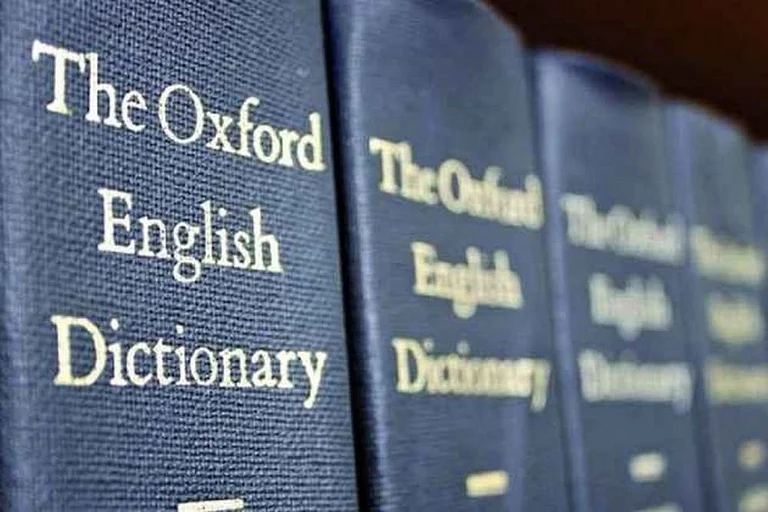The recent debates and accusations of the Kuki-Zo tribals using drone and missiles (in their pursuit to defend themselves) in the ongoing unrest in Manipur have raised many eyebrows. Many armchair media house and self-acclaimed experts in the region have once again conveniently accused (subscribing to misinformation and false narratives) and pointed fingers at the helpless Kuki-Zo minority group of receiving foreign aid/hand. At a time when the situation in Manipur is so volatile, such an accusation is nothing but in bad taste, clearly sympathetic not only to the use of military-grade bombs and automatic rifles against the poorly armed Kuki-Zo village volunteers but also the heartless massacre of the innocent civilians. There has also been a concerted effort by certain vested interest groups to sideline or belittle the Kuki-Zo histories such as the Anglo-Kuki War, 1917-1919 (locally known as Zou gaal, Thadou gaal, etc.), as if it did not exist at all and merely based on concoction. Nothing would be too naïve to swallow such hateful and baseless narrative. Four artifacts belonging to the Anglo-Kuki war, lying in the Pitts Rivers Museum, Oxford, UK, speak volumes.
It was ASA18: Sociality, matter, and the imagination: re-creating Anthropology, organised by the Association of Social Anthropologists of the UK and Commonwealth (18-21 September 2024), wherein I had the privilege to attend the said conference and also presented a research paper. It was during this time that I had the opportunity to visit the Pitt Rivers Museum, Oxford, UK. It was indeed an eye-opening revelation to have a glimpse of history through the artifacts displayed in the museum.

Hand cannon (cannon of raw-hide, made by Kuki during the Anglo-Kuki War, 1917-1919). Object description: This hand cannon was acquired from the Kuki people of north-east India and Burma (Myanmar) in the late 19th-20th century, although it is likely that weapons like this had been made for centuries. This weapon was formed by rolling a length of hide into a tube. It was loaded with shot instead of a cannon ball. A lit match would be inserted into the small protruding tube near the breech to ignite the gunpowder. (Collected by J.H. Hutton by 1923 and donated in 1928. Source: Pitt Rivers Museum, Oxford, UK).

Powder and priming horns (Kuki/Chin people, India, 19th century).
Object description: Horn for gunpowder with attached lid and attached carrying belt that has a priming horn and lid attached to it. The powder horn is carved towards the mouth and is decorated with black pigment over 2/3 its length with patterns highlighted with red pigment. The lid is carved in decreasing concentric curves and has traces of red pigment. It is perforated and attached to the carrying belt with string. The priming horn is covered with black pigment with red pigment at the base, mouth and on the lid. The narrow leather carrying belt is attached to the butt of the powder horn with an iron loop and is knotted to the other end below the mouth. The primer horn and cap are attached to the carrying belt with string. (Collected by J.P. Mills by 1918 and donated in 1928. Source: Pitt Rivers Museum, Oxford, UK)
Already in the 1890s, B.S. Carey mentioned how the Kuki-Chin world had already known the art of manufacturing gunpowder from the locally available materials, which he said was “although slow in igniting, is particularly powerful” (Carey, Chin Hills, vol. 1, 1896: 224-25). The process of production is a lengthy one, but it is to be reminded that the Kuki-Zo people have known the art of making gunpowder for centuries and hardly rely on importation when the need arises.

Miniature gun, Kuki (Chin) people, India, before 1918.
Object description: This gun is more than just a toy and may have been used to shoot small birds. The body is carved from a single piece of wood, the iron barrel being bound to it with plant fibre. It is a simple version with only a small touch-hole for use with a match, but there are other known examples fitted with a trigger and nipple for use with percussion caps. (Collected by J.H. Hutton and donated in 1918. Source: Pitt Rivers Museum, Oxford, UK).
Most colonial officers agreed that the Kukis valued their guns more than anything else and were willing to pay for it for any amount. It was more of a status than having to kill one. Traditionally, their blacksmiths used to manufacture firearms during peace and wartime.
The most potent firearms used by the Kuki during the war appear to be muzzle-loader rifles, old tower muskets, and flintlock muskets (jangvoh) and cannons (pumpi). In this regard Col. L.W. Shakespeare noted: “The Kukis use a curious sort of leather cannon made from a buffalo’s hide rolled into a compact tube and tightly bound with strips of leather. A vent is bored in the proper place, rough powder is poured in, and a quantity of slugs or stones is then inserted” (History of the Assam Rifles, 1977 [1929]: 215).

Object description: Thadou Kuki people, Telonglong [Tamenglong], Manipur state, India. Made before 1900. Received by a local chief as part of his sister’s marriage price. (Collected by John Hutton in 1929 and purchased in 1930. Source: Pitt Rivers Museum, Oxford, UK).
In regards to the rhinoceros-hide body armour mentioned above, R.G. Woodthorpe wrote: “A Kuki fighter normally packed his bread, locally called changlhah or buchun, along with his gun, a priming horn filled with gunpowder, bullets, and body armour made of rhinoceros hide and went for war. Gunpowder, probably of their own manufacture, is taken care of in a ‘flask’ made of mithun horn” (The Lushai Expedition 1871-72, 1978 [1873]: 75).
The above museum pieces are testimony of the self-reliant Kuki-Zo people in times of war. Contrary to the accusations, evidence from the ground suggested that the Kuki-Zo people are again self-reliance during this ongoing conflict, using their licensed guns or country-made firearms, gunpowder, and pumpi against the well-equipped and trained rivals who fully rely on factory-made modern automatic rifles, long-range mortars, military-grade bombs and drones that can deliver payloads. Foreign hands are rather anticipated among the latter. Can history repeat itself so easily? I really don’t know.
(Ngamjahao Kipgen teaches at the Department of Humanities and Social Sciences, Indian Institute of Technology Guwahati. Email: kipgen@iitg.ac.in)






















